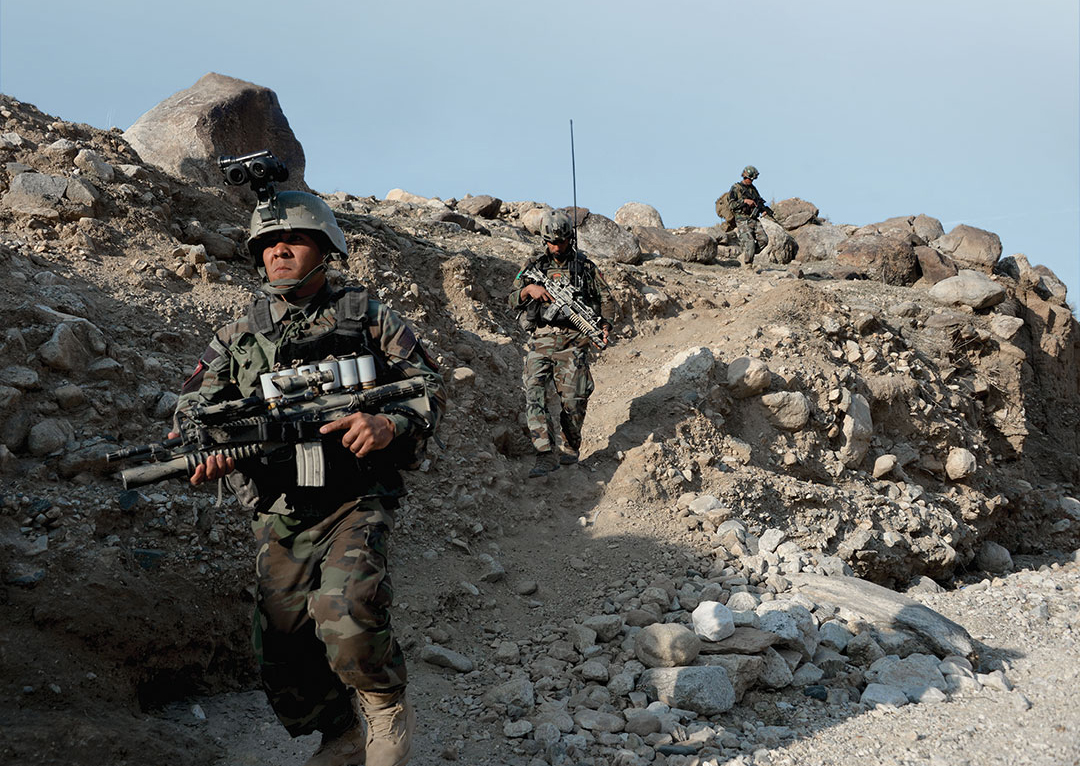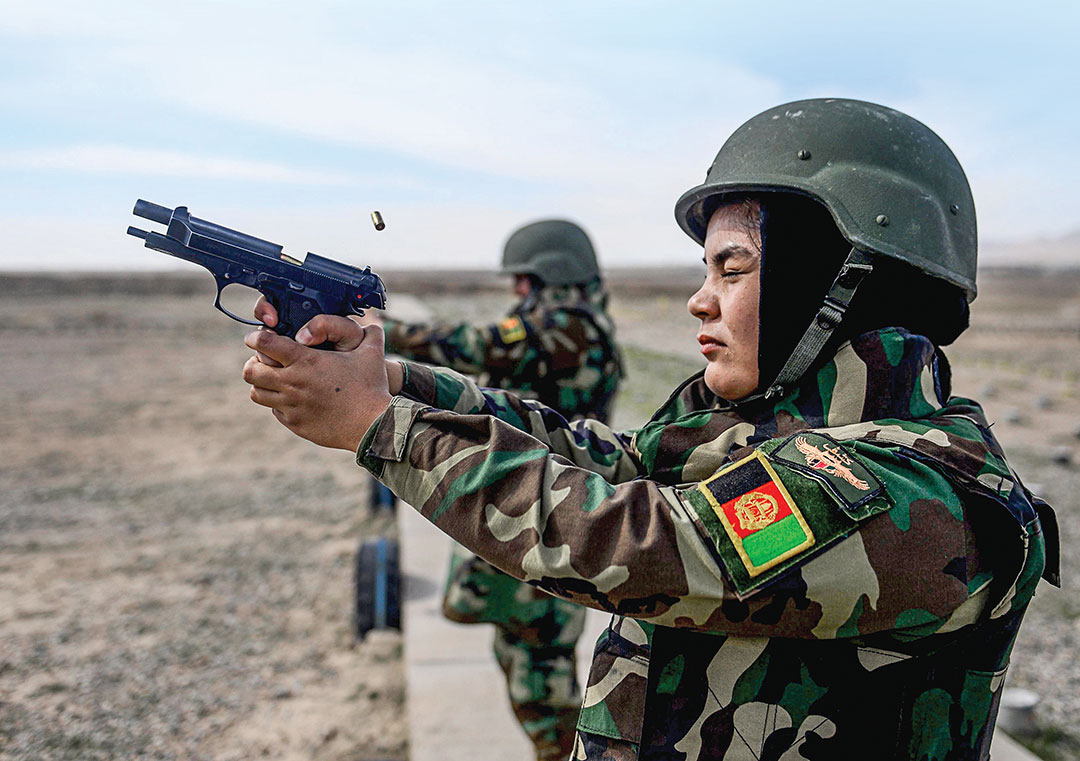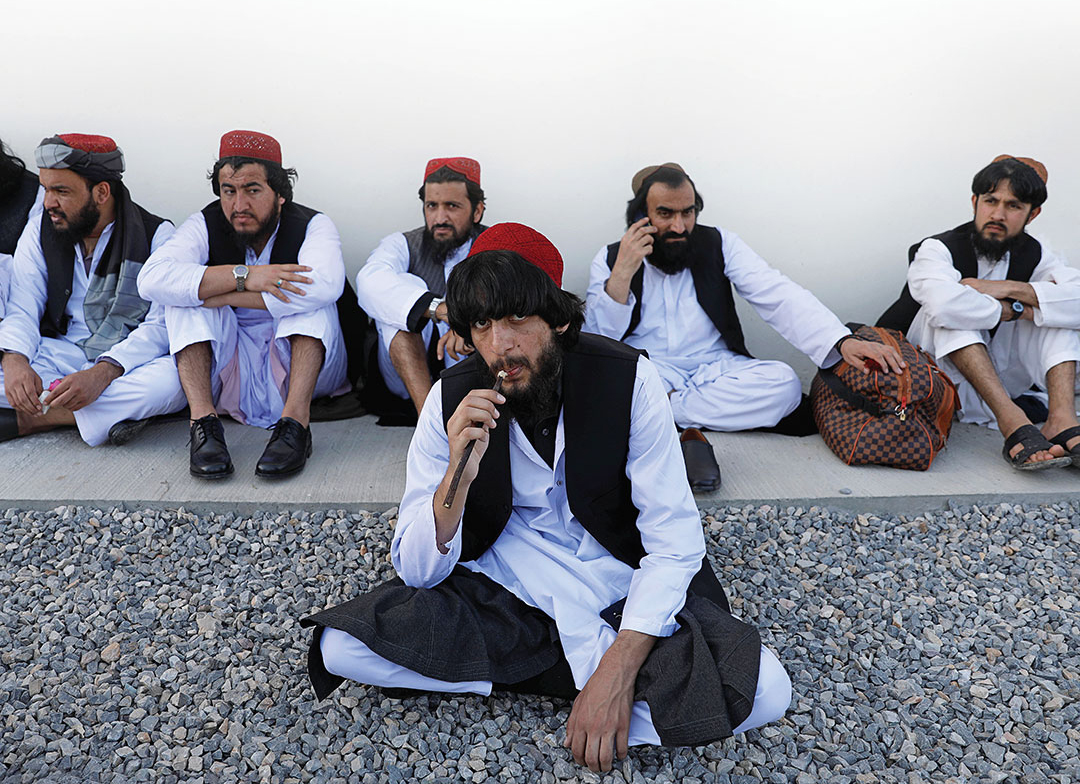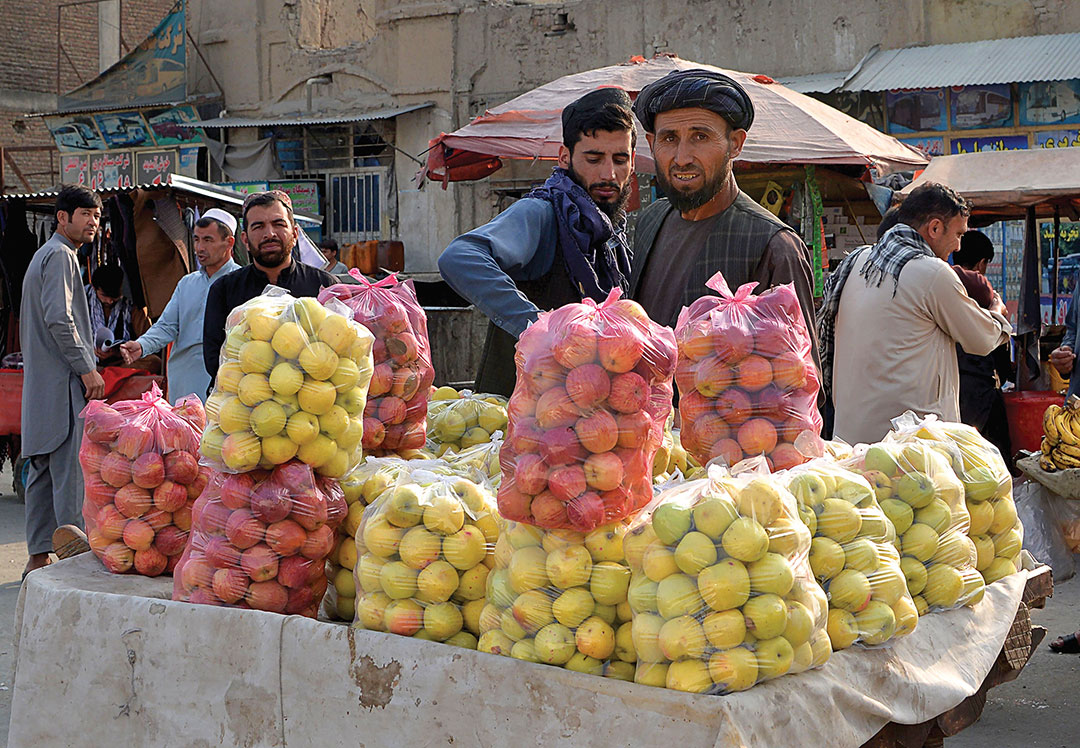Regional Perspectives on the Afghan Peace Process
Peace and stability in Central and South Asia depend on resolving the conflict in Afghanistan
ALI JALALI, DISTINGUISHED PROFESSOR OF INTERNATIONAL RELATIONS, NEAR EAST SOUTH ASIA CENTER FOR STRATEGIC STUDIES
Afghan perceptions of the Central and South Asia region are infused with a great deal of hope, uncertainty and suspicion. Afghanistan’s future depends on positive and constructive interaction with its neighbors, other regional players, and the great powers whose direct and indirect engagement in Afghanistan has shaped its current situation. However, the multiplicity of regional players, some with competing demands, continues to complicate the issues of peace and conflict in the country. Fallout from great power competition and third-party influence over bilateral relationships with Afghanistan complicate regional political dynamics.
Great powers and regional actors generally share a common interest in a political resolution of the Afghan conflict because they see the return of peace and stability in Afghanistan as essential to regional stability and development. The emergence of violent extremist groups in the country, such as Daesh, which are considered serious threats to the region and beyond, constitutes new imperatives for regional and international cooperation to resolve the Afghan conflict through direct talks between Afghans.
However, different countries view the challenge from the perspective of their own security and political interests, legitimate or otherwise. The interests of certain actors are deliberate; others are opportunistic and have shifted over the years as a result of changes in the great power relationship, regional security dynamics, strategic uncertainties in and around Afghanistan, and combat operations inside Afghanistan.

But a workable regional solution has yet to emerge to end the conflict in Afghanistan. Over the past decade, numerous international conferences were held, several cooperation mechanisms were set up, and existing multilateral frameworks were invoked to find a solution to continuing violence in Afghanistan. And yet, several multilateral initiatives fell through. The idea of a “grand deal” seeking a compromise with insurgents while addressing regional rivalries and insecurities by a United Nations-led multilateral diplomatic initiative has never seen light of the day.
Rather than expecting Afghanistan’s region to band together to help the country succeed, a practical solution may ultimately lie in pursuing bilateral initiatives with the most involved actors (the warring parties and their main backers) extended to other willing stakeholders.
The peace agreement signed by the United States and the Taliban in Doha, Qatar, on February 29, 2020, turns a new page in the history of the decades-long conflict in Afghanistan. The Doha agreement is predicated on Taliban guarantees to prevent the use of Afghan soil by any terrorist groups against the United States and its allies. The Taliban must enter peace talks with the Afghan government in exchange for an American commitment to withdraw forces from Afghanistan within 14 months. Basically, a U.S. military pullout is used as leverage to get the Taliban to enter peace negotiations with the Afghan government to bring a sustainable peace in Afghanistan.
The process, however, requires a regional and global consensus to support full implementation of the initiative. Decoupling regional disputes and bilateral relations with Afghanistan and keeping Afghanistan out of the great power competition are the main factors that can influence the peacemaking efforts in the region.
Countries with interests in Afghanistan
The principle stakeholders in the Afghanistan security situation include the warring sides of the conflict, the countries backing those two sides and countries impacted by conflict in the region.
The United States and Pakistan are the two major actors who have substantial influence over the Afghan situation. The U.S. is the main sponsor and backer of the post-Taliban state in Afghanistan. Pakistan provides infrastructural and material support to the leadership of the Taliban, who wage their insurgency from sanctuaries inside Pakistan.
The U.S. is interested in ending its long war in Afghanistan while leaving the country as a stable state that would not resume being a source of terrorist attacks against its interests. The U.S. administration seeks to attain this objective by implementing the peace agreement with the Taliban, including a successful political settlement between the Taliban and the Afghan government.
Pakistan has a major stake in conflict and peace in Afghanistan and is considered one of the most influential players in the Afghan conflict. Maintaining a strong influence in Afghanistan had long been the hallmark of Pakistan’s Afghan policy. Islamabad’s quest for westward strategic depth to counter India’s geopolitical edge had been one of the underlying principles of its strategy since the 1990s.
Pakistan has spared no effort to shape Afghan developments in accordance with its political ambitions. Although Pakistan may see the return of the Taliban to full power in Afghanistan as neither possible nor desirable, it uses its control and influence over them to secure its regional geopolitical interests through its influence in Afghanistan. Pakistan supports a peaceful resolution of the Afghan conflict in a way that would assure its strategic security and political interests.

India and Iran are two other main actors in the region whose interests sometimes clash with those of Pakistan and the U.S. India views Pakistan as a sponsor of violent extremists to be used as an instrument of policy against India, particularly in Kashmir. India staunchly opposes the Taliban and remains a strong supporter of the Afghan government.
Iran has ambitions to be a regional heavyweight and views Afghanistan largely through the lens of its relations with the U.S. Iran and the U.S. have certain shared interests in Afghanistan, including peace and stability, but their commonalities are overshadowed by growing tension between Washington and Tehran.
Iran has not been a party to the U.S.-led peace process in Afghanistan but, in reaction to U.S.-Taliban peace agreement, Tehran welcomed “any initiative that helps to secure stability and peace in Afghanistan.” Meanwhile Iran strongly believes that peace in Afghanistan will be possible only through domestic Afghan talks and “consideration of the interests of Afghanistan neighbors.”
Iran and the Taliban share interests in the withdrawal of American troops from Afghanistan. Iranian relations with the Taliban are shaped more by expediency. It views the Taliban as a counterforce against Iran’s ideological enemy, the Islamic State-Khorasan, also known as Daesh. Tehran would also like to maintain a sphere of influence in post-conflict Afghanistan. The Taliban ties with Iran, however, are mostly opportunistic and may not survive a change in the geopolitical situation.
Among the great powers, Russia initially supported the U.S.-led coalition in removing the Taliban regime in Afghanistan. Russia shifted its position as the Taliban made a military comeback in the country, while new terrorist groups, including Daesh, emerged in Afghanistan with the potential to threaten Central Asian stability. Russia now supports a political settlement of the Afghan conflict and backed the U.S.-Taliban peace agreement. Russia believes a political settlement in Afghanistan can open the way for Moscow to renew multifaceted ties with Afghanistan and expand its influence to counter the U.S. and NATO presence in the region.

China and the U.S. have a common strategic interest in stability in Afghanistan and Pakistan. The two countries share similar views on the parameters of a desirable political dispensation in Afghanistan. Unhindered implementation of the multibillion-dollar China-Pakistan Economic Corridor project depends on peace and stability in Afghanistan. Further, China faces growing interethnic unrest, terrorism and separatist threats in its Uighur Xinjiang province, a principal reason for China’s heightened interest in the stability and security of Afghanistan and Pakistan.
However, Beijing’s interests in Afghanistan are primarily economic, with a desire to tap into Afghanistan’s vast natural resources. China supports its interest through a multilateral approach while focused on long-term economic and technological power, including its One Belt, One Road infrastructure project. China intends to integrate Afghanistan into the project.
Given the distrust among the states in the region, it is unlikely we will see the emergence of a formal multilateral negotiating process that could lead to a regional settlement without a preliminary round of bilateral interactions and mutually beneficial deals. As regional actors see the future of Afghanistan with an air of uncertainty, they may continue to hedge their bets. What can change the calculus of regional actors is the combination of some stability in Afghanistan, achieved through consolidation of instruments of Afghan national power under an inclusive leadership that pursues a unified national agenda throughout the ongoing peace process. This makes the domestic situation in Afghanistan a key factor for regional change.
Raising the level of confidence between Afghanistan and its neighbors, including respect for sovereignty and territorial integrity, commitment to the principle of noninterference in the internal affairs of neighbors, and prevention of the use of Afghanistan’s territory for hostile activities against its neighbors are key prerequisites. Such an approach may help stem regional players’ pursuit of their own interests in Afghanistan at the expense of their rivals. For Afghanistan to mobilize its people to fight for peace and stability, the government needs to reform itself.

Conclusion
The U.S.-Taliban peace agreement provides the basis to achieve peace in Afghanistan through direct talks among Afghans. Its success, however, depends on the positive and constructive interaction of Afghanistan neighbors, other regional players, and the great powers whose direct and indirect engagement in Afghanistan has shaped the situation in the country. Cooperation, not competition, is the keyword to stave off the fallouts of the great power and regional actors’ competition and to avoid third-party influence over bilateral relationships with Afghanistan.
Meanwhile, no peace settlement is self-sustaining without international economic assistance to help Afghanistan become more self-reliant. Economic integration of Afghanistan into the region is the key to its long-term self-sufficiency.
Given the divergence of geopolitical interests in the region and beyond, few expect Afghanistan to integrate fully into the region immediately after a peace settlement. Such a process will likely occur incrementally as efforts are directed less toward individual bilateral projects and more toward complex, multilateral deals. Consequently, Afghanistan will continue to depend on international economic assistance to stabilize its institutions in the post-conflict period.


Comments are closed.